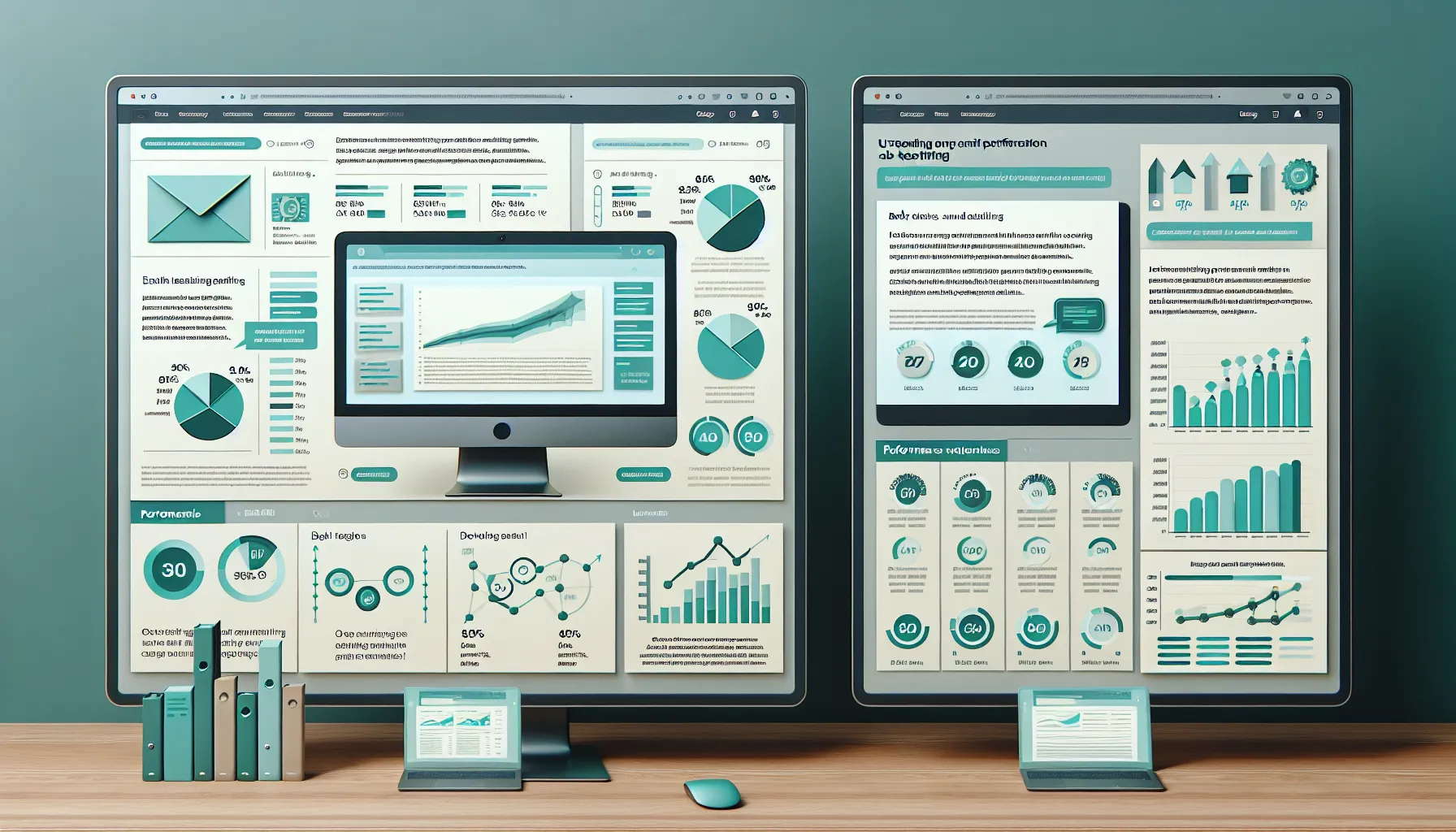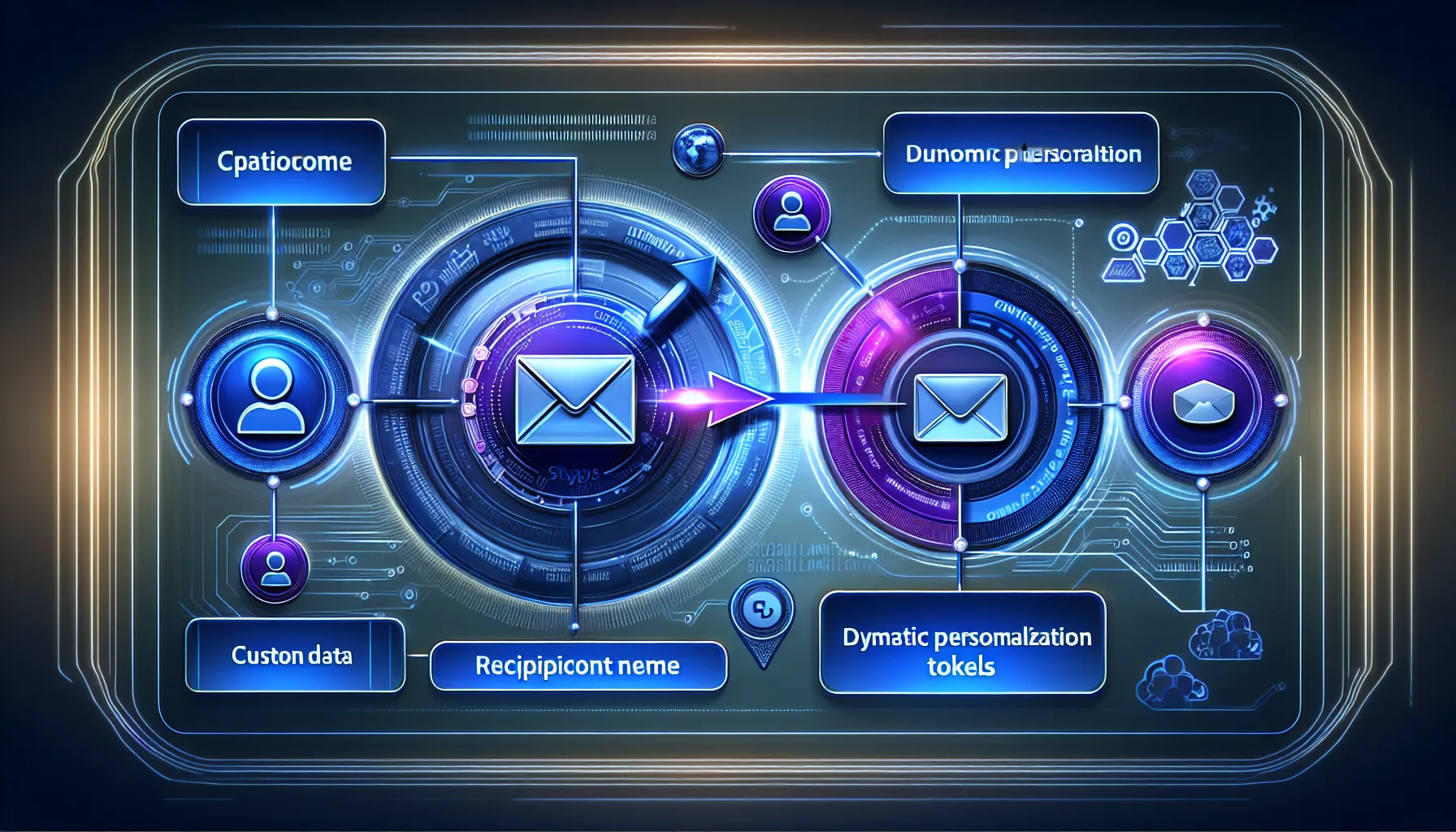Personalization That Actually Works
Stop showing the same generic message to everyone. Our AI identifies visiting companies and personalizes your website in real-time.
AI-Powered Recognition
Instantly identify which companies are visiting your site. Our AI recognizes businesses and enriches visitor profiles with firmographic data, so you know exactly who you're talking to.
Dynamic Content Personalization
Show the right message to the right company. Automatically adapt headlines, CTAs, case studies, and testimonials based on visitor industry, company size, and behavior.
Measurable Results
Track what matters. See exactly how personalization impacts conversion rates, engagement, and pipeline. Our clients average 40% higher conversions within 90 days.
Featured Articles
View all


Recent Articles

Tips to Improve Website Conversion Rate: Answers from Marketers
Expert marketers share proven strategies to improve website conversion rates. Learn data-driven tactics that work for B2B businesses in 2025.

The Importance of Testing and Optimizing Email Campaigns
Discover how systematic email testing and optimization can boost ROI by 37% and transform your campaigns into predictable revenue drivers.

The Benefits of Personalization Tokens in Email Campaigns
Discover how personalization tokens boost email engagement, conversions, and ROI. Learn types, benefits, and best practices for B2B campaigns.

11 Proven Ways to Increase Your Website Engagement
Discover 11 proven strategies to boost website engagement, from optimizing load speed to personalizing content for your B2B audience.

How Personalized Marketing Can Increase Customer Loyalty and Retention
Learn how personalized marketing increases customer loyalty and retention with data-driven strategies. B2B personalization tactics that work.

Account-Based Marketing vs Traditional Marketing: Understanding the Key Differences
Discover the key differences between account-based marketing and traditional marketing, and learn which approach works best for your B2B strategy.
